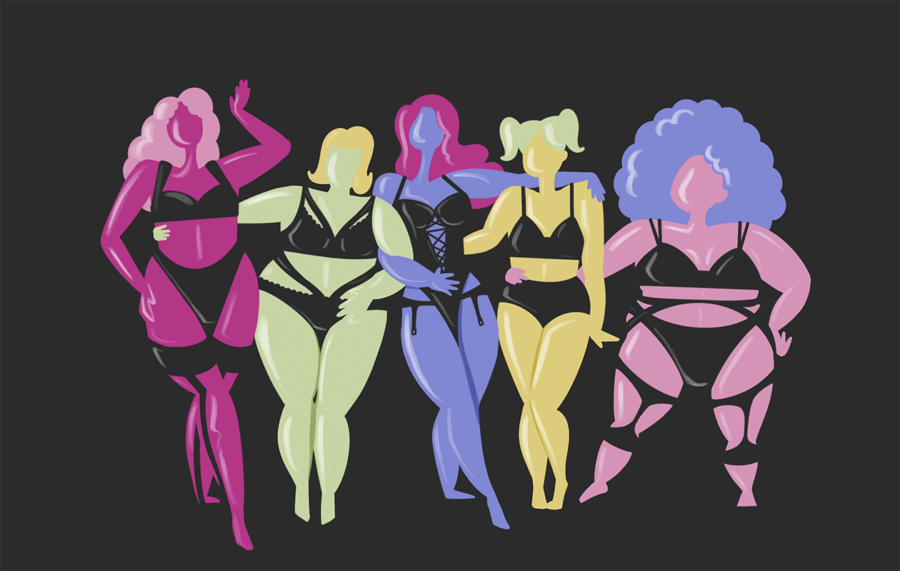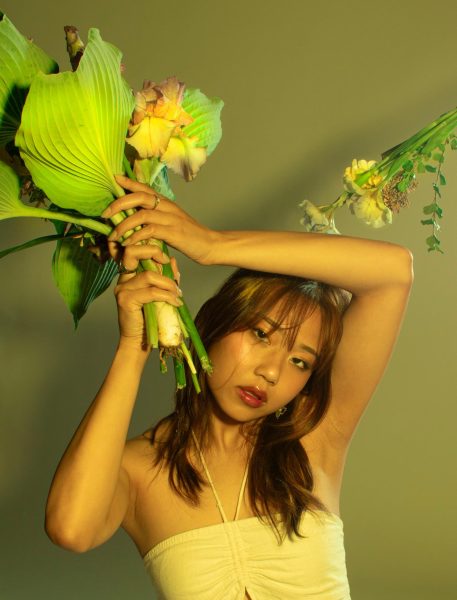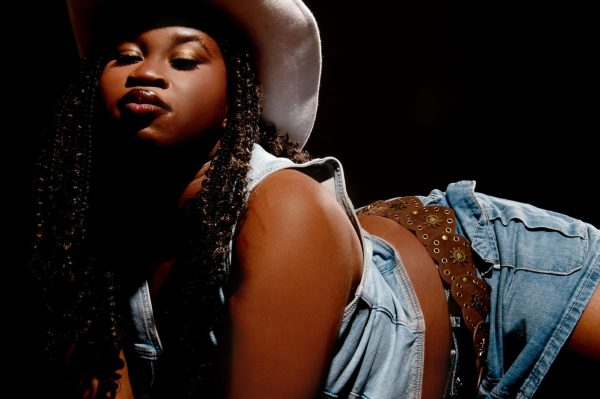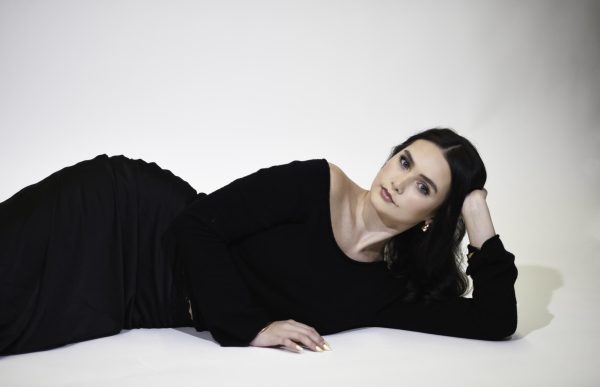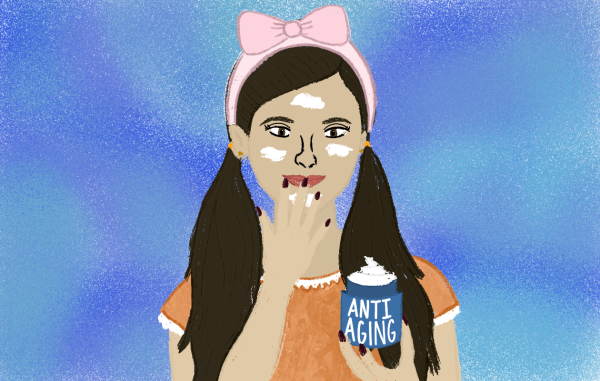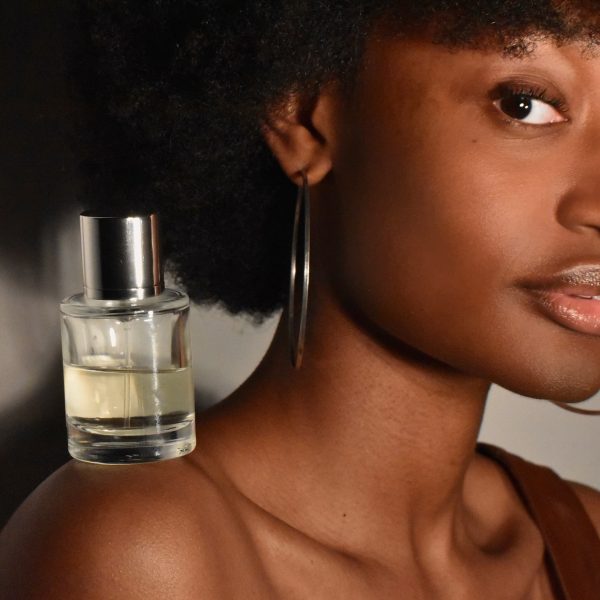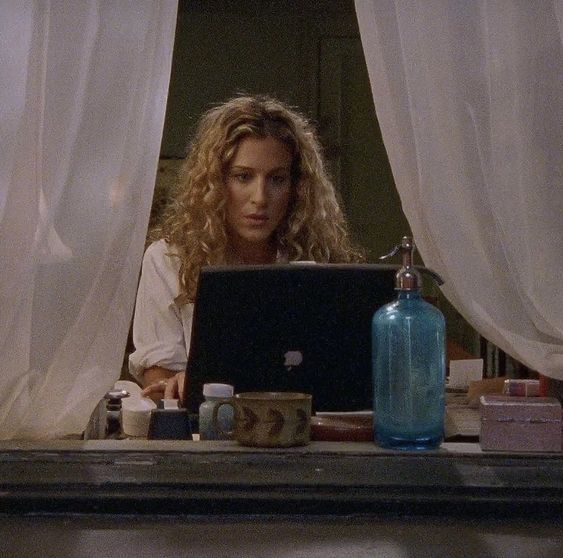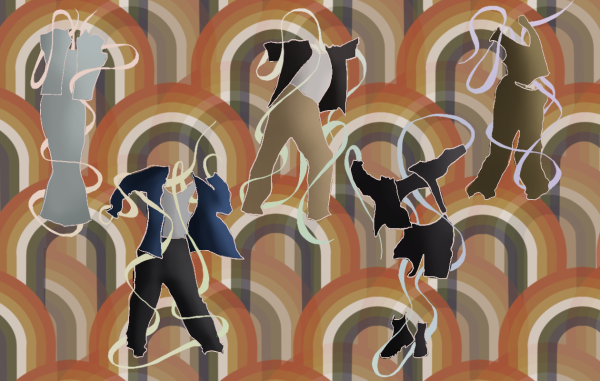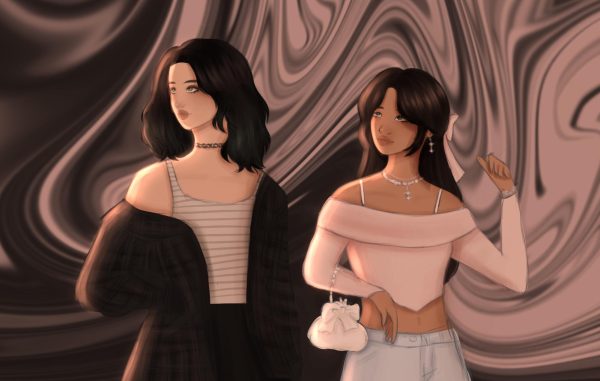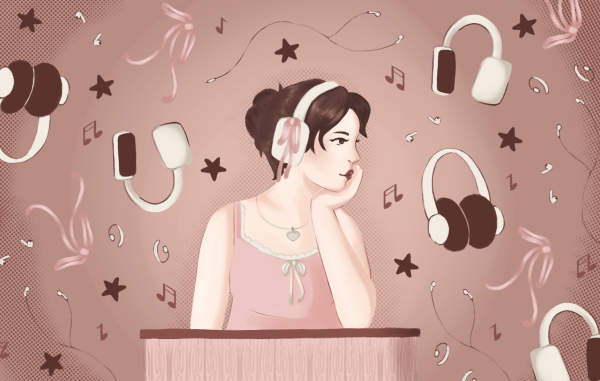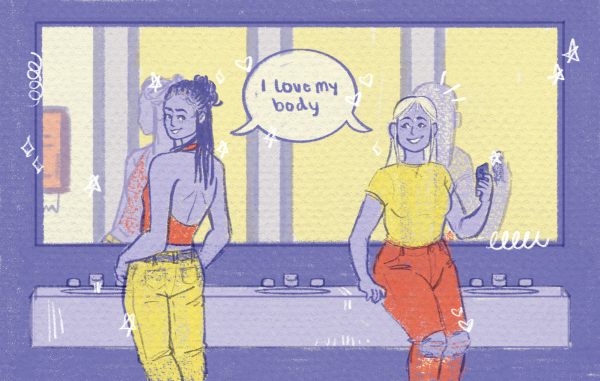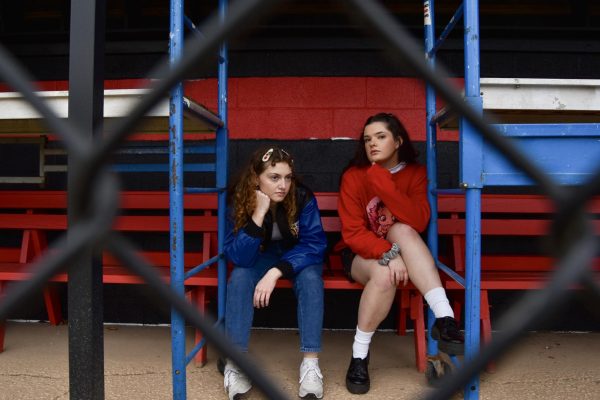what brands have to learn from rihanna
Almost everyone knows who Rihanna is, but in the past few years, she has been less well known for her music career and more for her enterprises. Fenty Beauty, her cosmetics brand, is estimated at $1.4 billion. The secret to her success? Including everyone. Her businesses have what some other brands lack: diversity. Her products are inclusive of different body types, races, backgrounds and genders. From Fenty Skin to Fenty Beauty to Savage X Fenty, Rihanna does not exclude anyone. Brands could take a page out of her playbook and begin connecting with their consumers through diversity and inclusion.
How exactly does Rihanna do it? Her lingerie brand Savage X Fenty offers a vast size range to include many different body sizes and types. While Victoria’s Secret bra sizes range from 30A to 44DD, Savage X Fenty covers 30A to 46DDD. As the entrepreneur often remarks, Rihanna wants people to feel confident in their bodies. “Even when we don’t feel like it, show up and act like you are the most confident woman in that room,” Rihanna said in an interview with Emirates Woman.
The Savage X Fenty fashion show had three editions with major diversity. The 2021 edition featured models with disabilities such as Shaholly Ayers, an inclusion advocate. Ayers congratulated the production for being the most inclusive she had ever participated in and for including almost all sizes, races and genders.
Although the fashion industry is becoming more inclusive toward plus-sized models, those with disabilities still struggle to find work. Unfortunately, Ayers told Forbes that she feels agencies only cast them for inclusive campaigns. With the Savage X Fenty fashion show, she had the opportunity to be on the runway without being a publicity stunt or being tokenized, and instead being authentically represented. This authentic representation speaks to Savage X Fenty’s customers and is seen through its profits. Savage X Fenty’s revenue was nearly $150 million in 2020. By addressing their audience’s needs, businesses can increase sales and create a more positive image for their target audience.
Fenty Beauty, Rihanna’s makeup line, has a shade range that spans from very light and fair to much darker and deeper. Her shade range is inclusive of warm, neutral and cool undertones as well in order to meet the needs of all customers. By casting models from different races and ethnicities, she promoted the brand as “the new generation of beauty.” She released 40 shades of foundation to assess the needs of all of her consumers, which led to $570 million in revenue in the first 15 months in business.
Rihanna also has a neutral skincare line known as Fenty Skin. The businesswoman highlighted how everyone should take care of their skin. Thus, she never made her skincare products only for women because why should only women have great skin?
In contrast to Rihanna’s business approach, numerous brands still produce only for a small percentage of the public. Instead of having the same designs for plus-sized women and marketing the same skincare products for all genders, many brands fail to treat their clients equally and lose potential earnings. Fortunately, not every brand is missing this opportunity, and soon, customers will no longer want to buy from retailers who do not listen to them. Hence, avoiding inclusivity and diversity in your products also means pushing your clients to competitors.
Rihanna featured older women in her Savage X Fenty show, including Demi Moore, 59, modeling lingerie aside Bella Hadid, 25. After all, why should only young women feel confident and sexy in lingerie? When Rihanna did this, the entrepreneur connected with her customers even more and catered to an older audience, usually left behind in the fashion industry, especially in lingerie brands. The show also featured men, which may sound ordinary, but fashion runaways rarely market men’s underwear. Rihanna also cast a plus-sized male model and represented a demographic usually forgotten by the fashion industry.
Diversity and inclusivity matter because customers want to see themselves represented on magazine covers and runaways. If they are not, it is as if the fashion industry erases them and sends the message that only certain people are beautiful enough to be featured in campaigns. The tall, skinny beauty standard of the 2000s was unhealthy, leading to eating disorders and body dysmorphia in some children and teens. Thus, beauty standards should not exist. Every person has the right to feel beautiful in their skin, regardless of race, gender, background, size or disability. This empowerment starts with brands casting more diverse models and board members since it is in board rooms that impactful decisions happen.
All brands should ask themselves: are we doing our best to include everyone? Who is left out, and how can we fix this?
The fashion industry needs to make inclusion and diversity feel natural and not pressured, or else it could fall into tokenizing. It starts with us demanding that businesses change and no longer accept brands telling us we are not pretty enough to be featured in their campaigns. The public should buy from authentic brands who care about their buyers’ concerns and needs. We need to start seeing people from all different walks of life in magazine covers, runaways, social media campaigns and photoshoots without it being a publicity stunt. Rihanna succeeds in this market because she is an authentic voice who represents everyone. The fashion industry needs to stop fearing diversity and start embracing it.
Support Student Media
Hi, I’m Catie Pusateri, the Editor-in-Chief of A Magazine. My staff and I are committed to bringing you the most important and entertaining news from the realms of fashion, beauty and culture. We are full-time students and hard-working journalists. While we receive support from the student media fee and earned revenue such as advertising, both of those continue to decline. Your generous gift of any amount will help enhance our student experience as we grow into working professionals. Please go here to donate to A Magazine.

